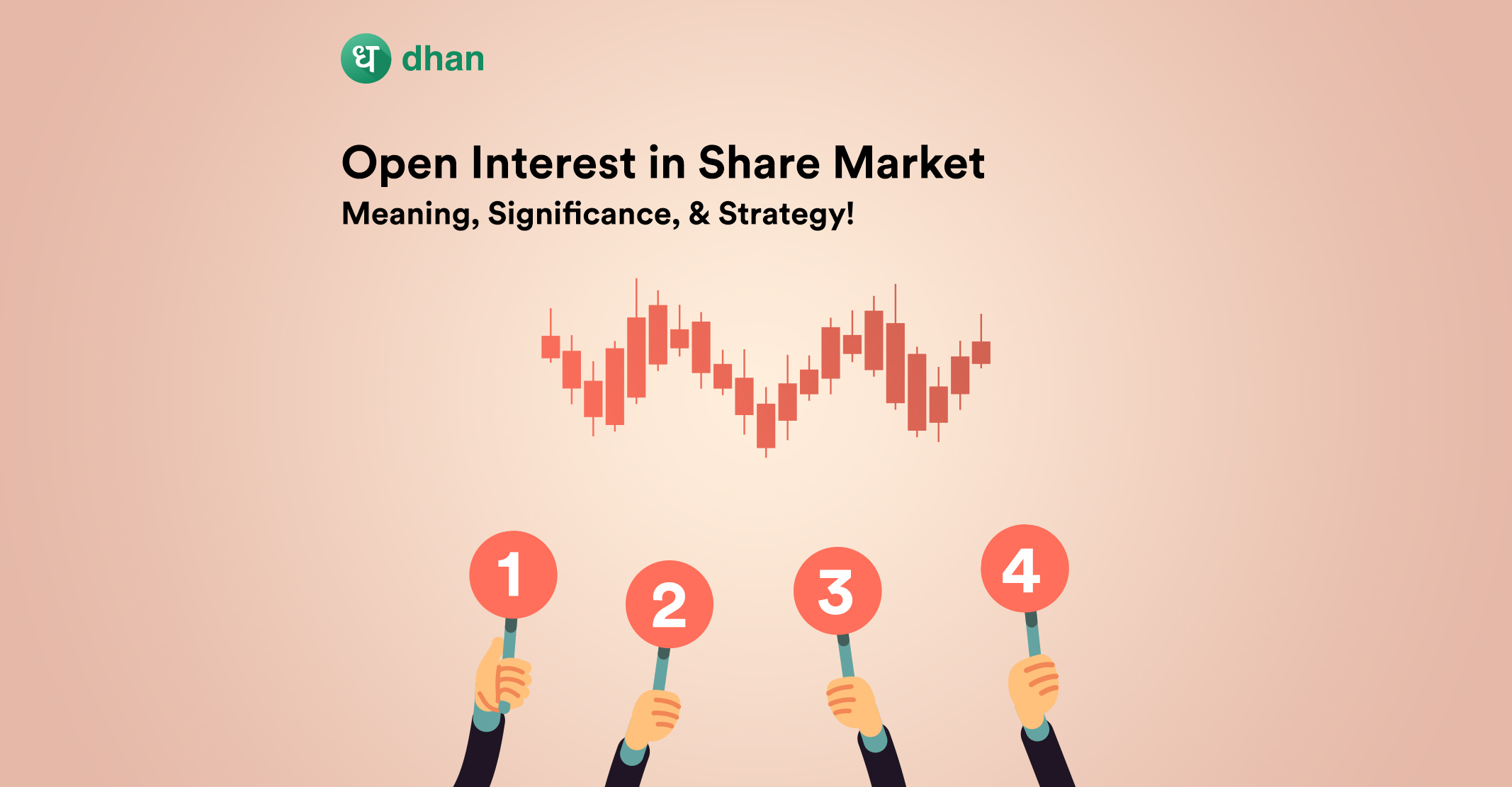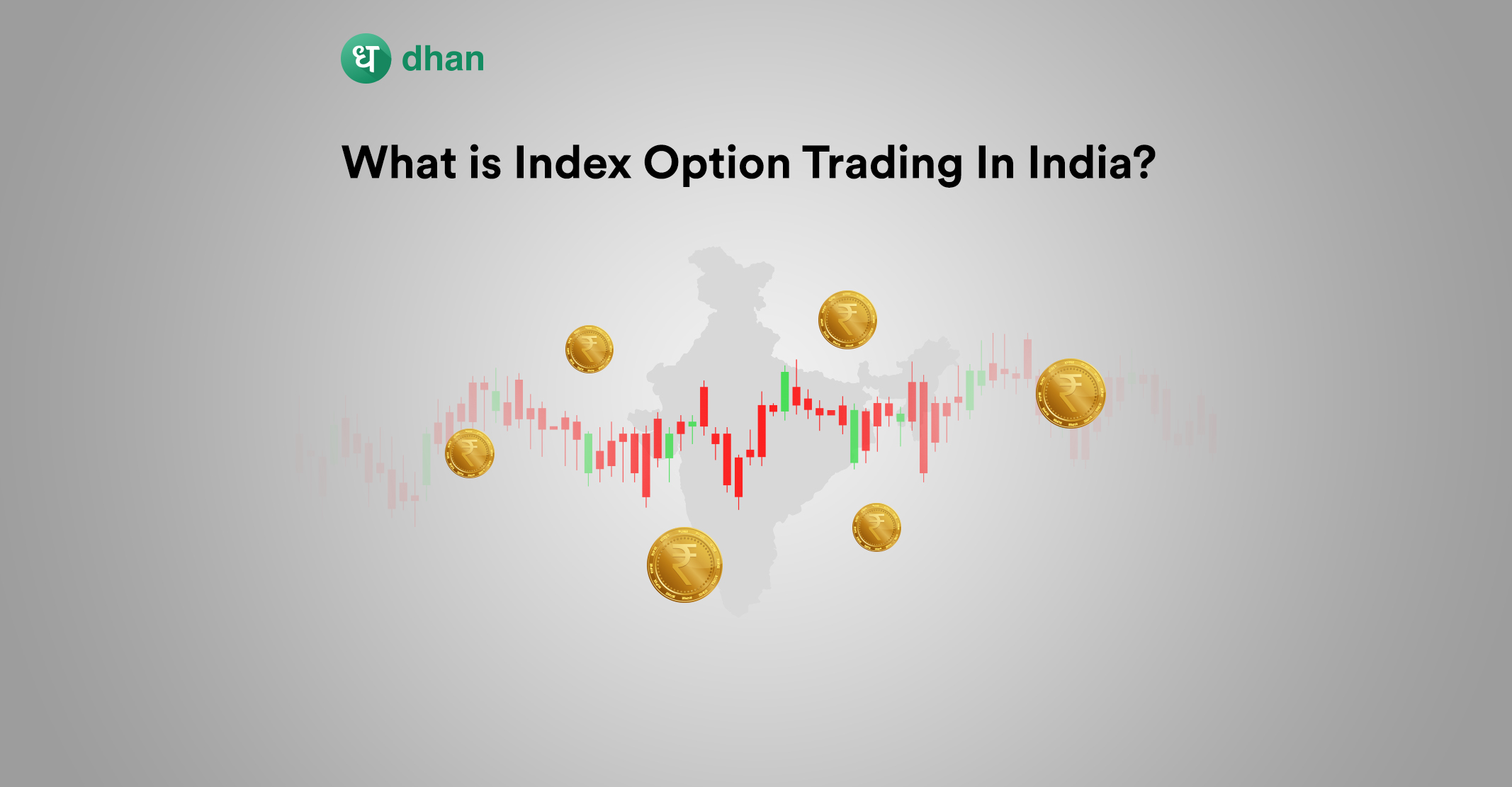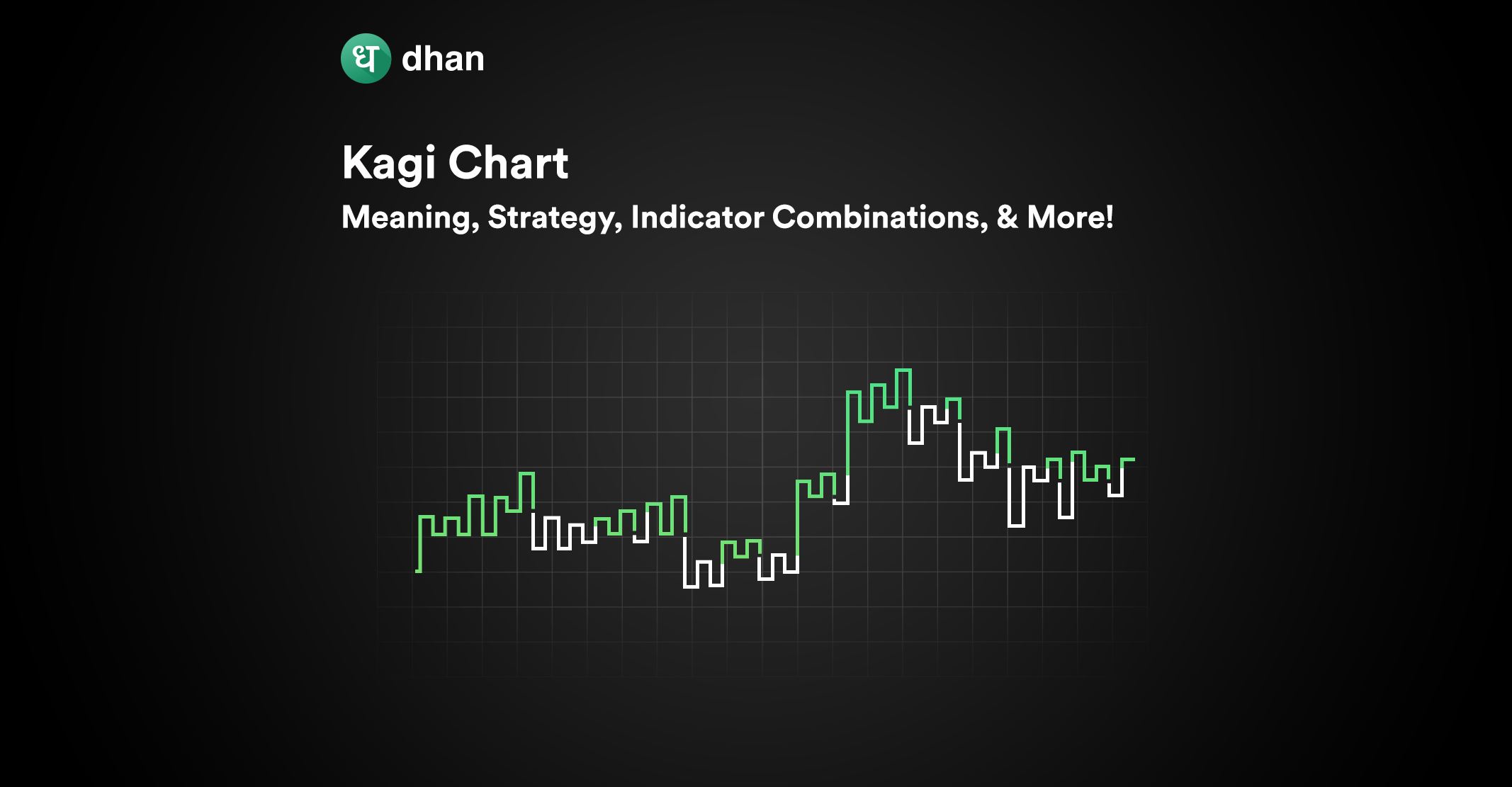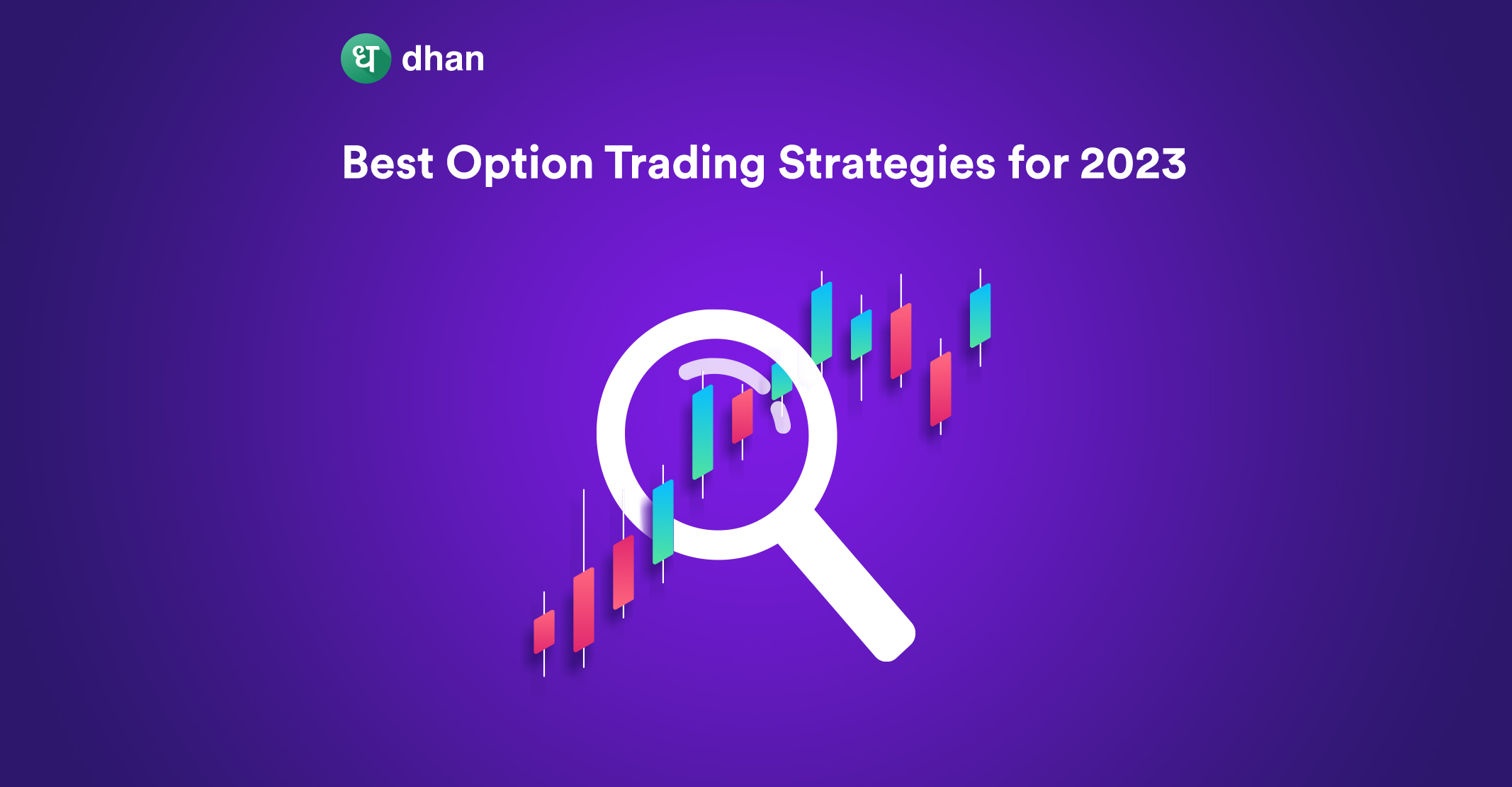Open interest in share market is an important metric in online f&o trading. In fact, many successful traders have built their strategies around open interest.
While it’s best used in combination with other indicators, understanding open interest is a crucial step toward planning a winning trading strategy.
In this article, we’ll dive into the meaning, significance, and strategy behind open interest in the share market.
What is Open Interest?
Open interest is a tool for technical analysis that shows the total number of outstanding contracts at a point in time. An outstanding contract is any future or option that hasn’t been settled, exercised, or offset by a buyer or seller.
That’s why open interest is defined as the total number of derivative contracts that haven’t:
- Been exercised
- Been settled
- Expired
Since open interest is a measure of money flowing in or out of futures and options contracts, it is a direct measure of liquidity that can be used to identify trends and confirm trades.
You could, in fact, view open interest as a measure of desirability – what’s being bought, what’s being sold, what’s gaining no traction at all, and so on.
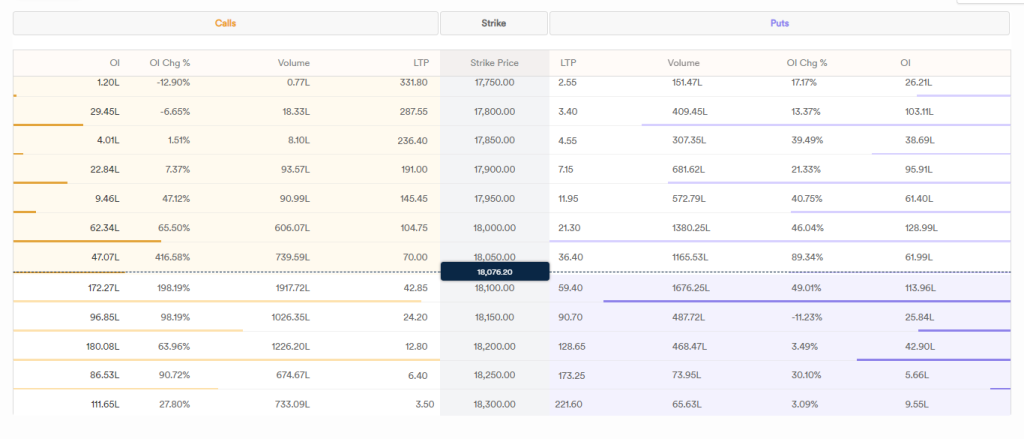
P.S. The Chaikin Money Flow indicator is also used to measure the flow of money in and out of a financial instrument, although it works differently.
How to Calculate Open Interest?
Open interest in stock market is easy to calculate. Each trade that takes place on the exchange has an impact on open interest.
For example, if Mr. Karan C buys two currency futures (long) and Mr. Bol N. Jer sells five currency futures (short), the open interest will be 7. Why? Because their “positions” are active.
This is important because open interest reflects open positions, regardless of whether it’s a buy or sell type trade. The derivative contracts will be deducted from the open interest only if a position is closed.
Changes in open interest can be attributable to the number of traders entering or exiting positions on derivative contracts for a particular scrip.
If two traders are entering into a trade i.e. 1 buyer and 1 seller, open interest increases by one contract. Make no mistake, the contract increases only by 1.
When a buyer and a seller both close an existing position, the open interest for that particular contract decreases by 1.
The last combination could be one old buyer selling it to one new buyer and open interest does not change.
Using Open Interest for Trading
Open interest can be interpreted without much effort. To make it easier for you, we’ve compiled a list of inferences you can draw with open interest against price.
| Open interest | Price | Interpretation |
| Rising | Rising | Bullish |
| Rising | Falling | Bearish |
| Falling | Falling | Bullish |
| Falling | Rising | Bearish |
The above table will give a guideline for any trader to position their trades. Bullish here represents a strong market while bearish represents a weak market.
Open interest in share market also gives information about the liquidity of the market. If a security or an index has no open interest, then there is no liquidity in it.
When there is a large open interest for a contract, it indicates a large number of buyers and sellers for it.
This clearly means that high liquidity is good for traders. Higher liquidity means that orders will get fulfilled at good prices and that would lead to lower impact costs.
While volume resets every day, the open interest gets carried forward. It helps a trader to position their trade efficiently.
By the way, you can check out the open interest on the Advanced Option Chain. The following image will show you what open interest looks like on the option chain.
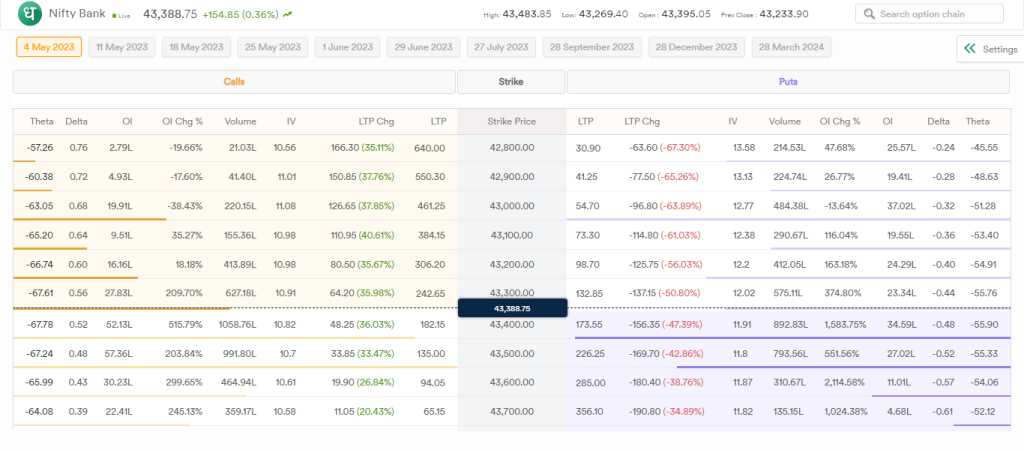
Benefits of Analyzing Open Interest
Tracking open interest on a regular basis can be useful because of the valuable insights into market direction and sentiment.
- Rising open interest means that new money is entering the market. Whatever the trend, it might indicate a continuation of that trend.
- Falling open interest indicates that the market participants are liquidating their positions and the prevailing price trend is about to change or come to an end.
Thus, keeping an eye on open interest can often prove to be useful in anticipating major market trends.
Open interest may be confused with volume. However, there’s a big difference between the two. Volume is an account of all transactions, whether it’s a position entered or closed.
As you may know by now, open interest is simply an account of all positions entered (not closed).
Another key distinction between volume and open interest is that volume changes on a daily basis, while open interest can remain unchanged for extended periods of time.
Higher volume indicates good liquidity and can be used with other indicators to anticipate potential price moves.
There are indicators that work specially with volume like the AVWAP. Read about it here: The Complete Guide to Anchored VWAP Indicator
Conclusion
Open interest has been used by f&o traders in years gone by to understand market levels and trends of the derivative market. As far as important information goes, open interest is right up there with Volume.
However, caution should be exercised if there is a sudden increase in the open interest with a significant price change. But nonetheless, open interest is an important armor in any trader’s arsenal to design the trading strategy.
Remember how we spoke about impact cost? Dhan has Iceberg Orders that are made specifically for large orders that need to be sliced into multiple legs.
Read:
